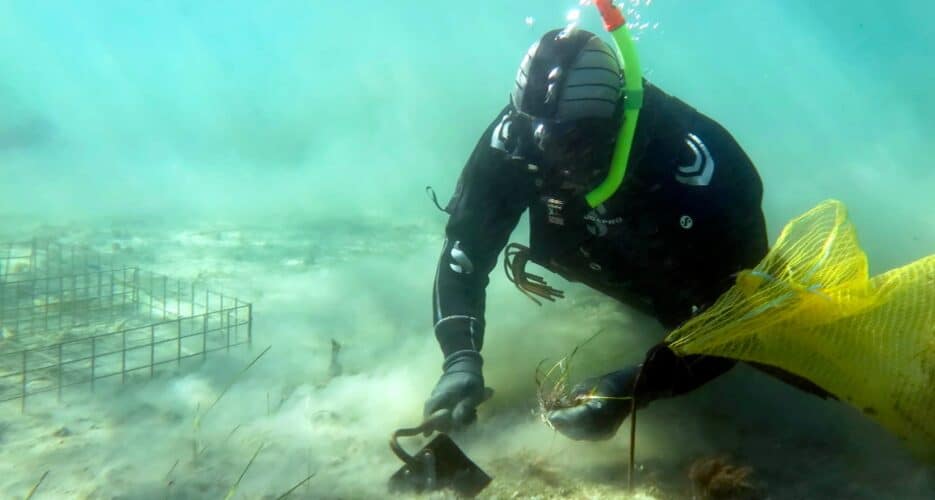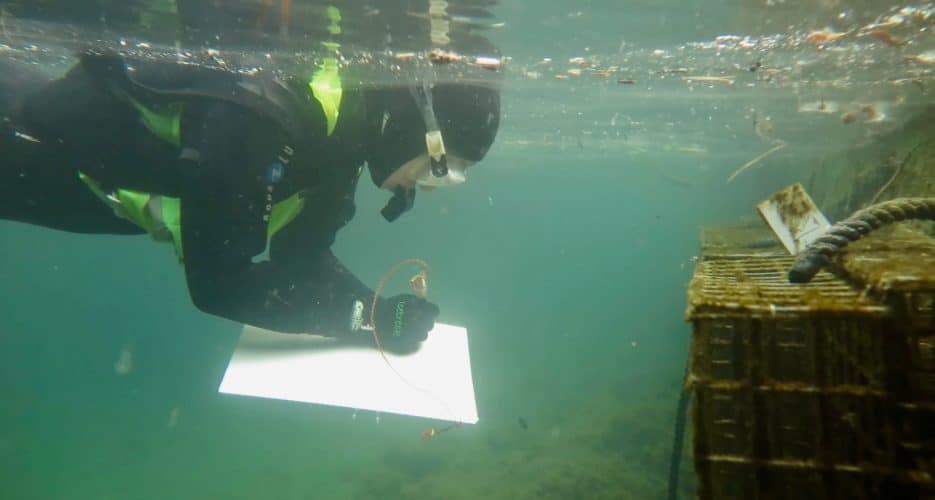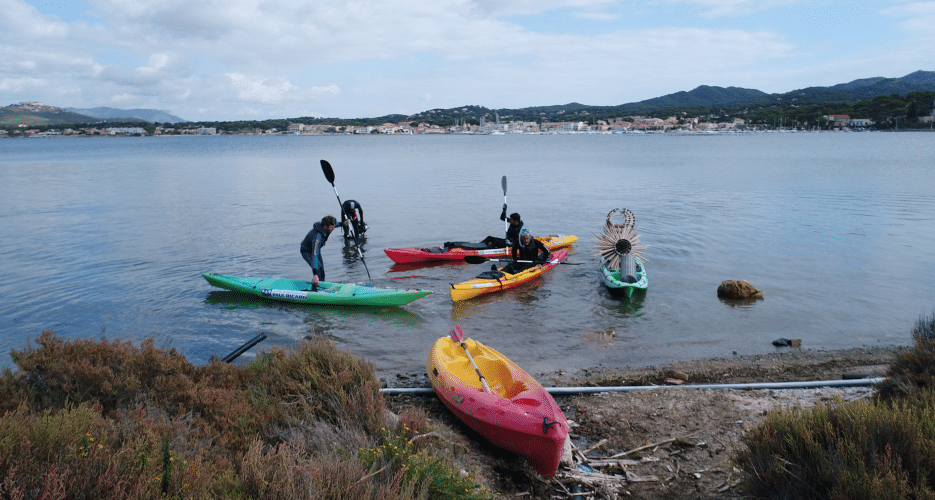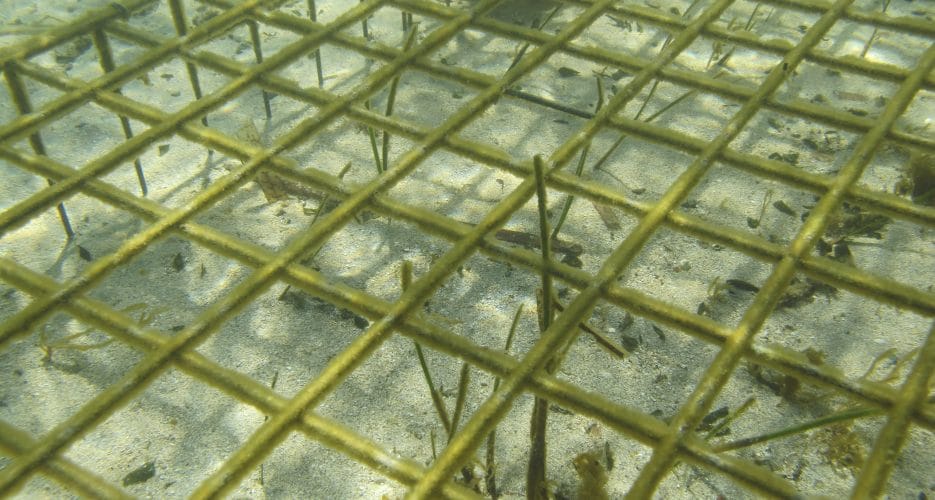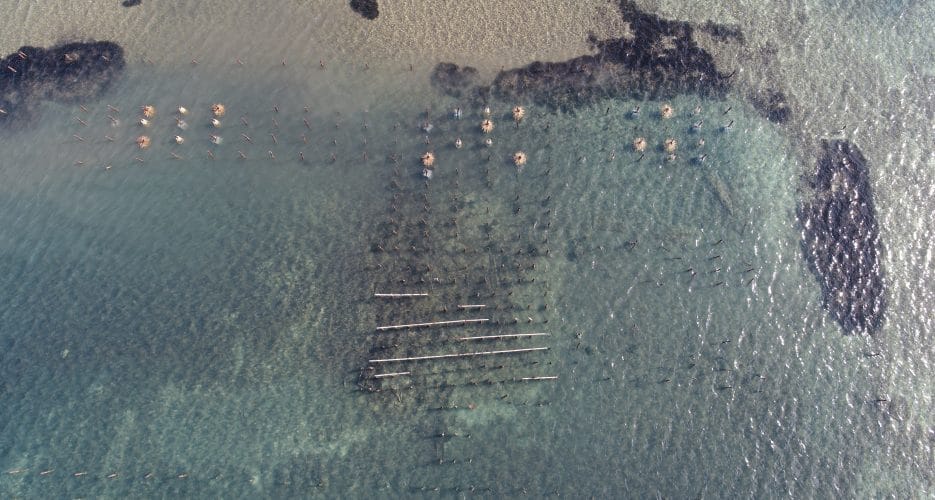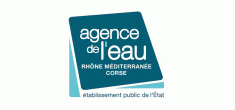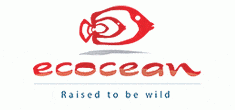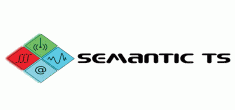Context
Many shallow coastal areas along Mediterranean coastlines have suffered significant damage in recent decades. Natural habitats have been destroyed by construction and development. Whether the pollution is mechanical or chemical, it has considerably reduced the surface area of healthy shallow seabeds. These habitats are essential for renewing fish populations because they serve as nurseries for most species.
Programme
Shallow coastal waters in the Mediterranean have been a research topic for the Institute for several years, focusing on the Brusc lagoon and Les Embiez islands in general. The LANDEAU programme highlighted the lagoon’s role as a fish nursery and potential ways to restore habitats there. Two other programmes at the same site, SALINE and SALINE 2, were able to refine methods for bringing a degraded coastal environment back to life. Because of its heritage value and multiple environmental roles, the Brusc lagoon was naturally chosen as one of the test sites for a comprehensive study on environmental restoration. In accordance with the Marine Strategy Framework Directive 2008/56/CE (MSFD), the goal of these test sites is to develop innovative procedures that can later be transposed to other sites.
The SAR-LAB programme (Site Atelier de Restauration écologique de la LAgune du Brusc) is a comprehensive environmental restoration experiment, testing various solutions such as:
– artificial structures in ports and lagoons for better ecological functions like nurseries, by making up for the absence of natural habitat and offering more capacity for fish;
– transplanting Cymodocea nodosa (an underwater flowering plant) to restore seagrass meadows;
– restoring a degraded wetland on Les Embiez island;
– using innovative techniques for research and knowledge acquisition.
This is a five-year research project.
Phase 1
This phase involves obtaining the necessary permits, mapping the condition of the lagoon at the outset and identifying equipment and structures for restoring port areas, rehabilitating sites once used to farm shellfish and restoring seagrass meadows using transplants.
Phase 2
Once the various devices have been installed, this phase will involve environmental monitoring, research and development, as well as the operational phase of restoring the wetland.
Last updated on : 19 January 2022
Bouchoucha et al. (2016) – Potential use of marinas as nursery grounds by rocky fishes: insights from four Diplodus species in the Mediterranean – MARINE ECOLOGY PROGRESS SERIES Vol. 547: 193 -209.
LENFANT P., GUDEFIN A., FONBONNE S., LECAILLON G., ARONSON J., BLIN E., LOURIE S.M., BOISSERY P., LOEUILLARD J.-L., PALMARO A., HERROUIN G., PERSON J., 2015. Restauration écologique des nurseries des petits fonds côtiers de Méditerranée. Orientations et principes.
ROUANET E., 2010 – Site Natura 2000 FR 9302001 “Lagune du Brusc” – Document d’Objectifs– Tome 2 : Plan d’actions, préconisations et financement des mesures de gestion. Convention cadre Etat/Communauté d’agglomération Toulon Provence Méditerranée – Institut Océanographique Paul Ricard : 118 p.
ROUANET E., P. LELONG, C. LECALARD, Y. MARTIN, 2009 – Estimation of coralligenous assemblages’ ecological state around Embiez archipelago (Var, France). In : Proceedings of the 1st Mediterranean symposium on the conservation of the coralligenous and other calcareous bioconcretions (Tabarka, 15-16 January 2009). C. Pergent-Martini, M. Brichet (eds), RAC/SPA publ., Tunis, pp : 239-241.
ROUANET E., BONNEFONT J-L., LELONG P. et DURAND R., 2009a – Site Natura 2000 FR 9302001 Lagune du Brusc – Documents d’Objectifs – Tome 1 : Diagnostics écologiques et socioéconomiques, enjeux et objectifs de conservation hiérarchisés. Institut Océanographique Paul Ricard – Six-Fours-les-Plages : 88 p + annexes 79 p.
ROUANET E., BONNEFONT J-L., LELONG P. et DURAND R., 2009b – Site Natura 2000 FR 9302001 Lagune du Brusc – Documents d’Objectifs – Tome 1 : Diagnostics écologiques et socioéconomiques, enjeux et objectifs de conservation hiérarchisés – Fiches descriptives des habitats et espèces d’intérêt communautaire. Institut Océanographique Paul Ricard – Six-Fours-les-Plages : 75 p.
ROUANET E., BONNEFONT J-L., LELONG P. et DURAND R., 2009c – Site Natura 2000 FR 9302001 Lagune du Brusc – Documents d’Objectifs – Tome 1 : Diagnostics écologiques et socioéconomiques, enjeux et objectifs de conservation hiérarchisés – Atlas cartographique. Institut Océanographique Paul Ricard – Six-Fours-les-Plages : 21 p.
ROUANET E., BONNEFONT J-L., LELONG P. et DURAND R., 2009d – Site Natura 2000 FR 9302001 Lagune du Brusc – Documents d’Objectifs – Tome 1 : Diagnostics écologiques et socioéconomiques, enjeux et objectifs de conservation hiérarchisés – Note de synthèse. Institut Océanographique Paul Ricard – Six-Fours-les-Plages : 31 p.
ROUANET E., VIALA C., NOEL C., COQUET M., MARCHETTI S., 2009e. Utilisation d’outils d’imagerie pour la réalisation de la cartographie de l’archipel des Embiez (Var, France). Actes du colloque national Cartographie des habitats marins benthiques : de l’acquisition à la restitution, Brest : 185-190.
ROUANET E., LELONG P., MARTIN Y. et BONNEFONT J-L., 2008a. Site Natura 2000 FR 9302001 Lagune du Brusc – Volet A : analyse bibliographique. Contrat Communauté d’Agglomération Toulon Provence Méditerranée – Institut Océanographique Paul Ricard : 55 p.
ROUANET E., MAUFFRAY M., LELONG P., 2008b. Site Natura 2000 FR 9302001 Lagune du Brusc – Volet B : protocole méthodologique. Contrat Communauté d’Agglomération Toulon Provence Méditerranée – Institut Océanographique Paul Ricard : 38 p.
ROUANET E., LELONG P., LECALARD C., REBILLARD D., MAUFFRAY M., RAUBY T., AUBLANC P.,
BONNEFONT J-L. et MARTIN Y., 2008c. Site Natura 2000 FR 9302001 Lagune du Brusc – Volet C : inventaire et cartographie ses habitats naturels. Contrat Communauté d’Agglomération Toulon Provence Méditerranée – Institut Océanographique Paul Ricard : 127 p.
ROUANET E., MAUFFRAY M., LECALARD C. et REBILLARD D., 2008d. Site Natura 2000 FR 9302001 Lagune du Brusc – Volet D : atlas cartographique. Contrat Communauté d’Agglomération Toulon Provence Méditerranée – Institut Océanographique Paul Ricard : 20 p.
INSTITUT OCEANOGRAPHIQUE PAUL RICARD, 2007 Suivi expérimental de la colonisation de plaques immergées. Rapport n° 11. Convention Obx/Digue verte/06.2002- Grands travaux de Marseille et Institut Océanographique Paul Ricard : 9 pp.
LELONG P., 1990. Embiez, plongée sourire sur la sèche de Guénaud. Océanorama 15 : 2 – 6.
LELONG P.et MARTIN Y, 2007. Etude d’implantation d’un sentier sous-marin à Portissol, Sanary sur Mer. Contrat Mairie de Sanary sur Mer et Institut Océanographique Paul Ricard : 10 pp.























